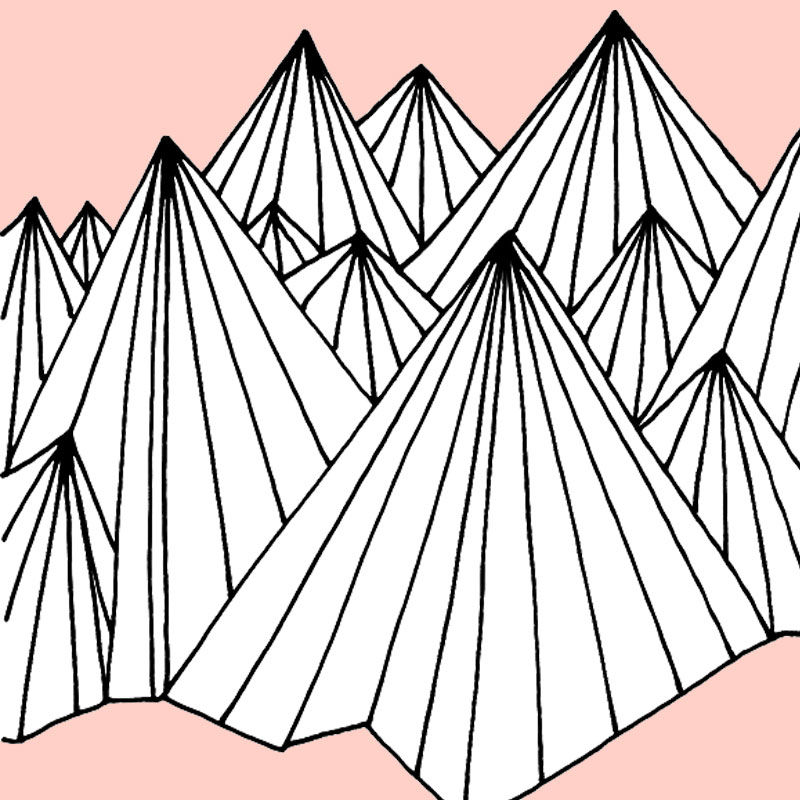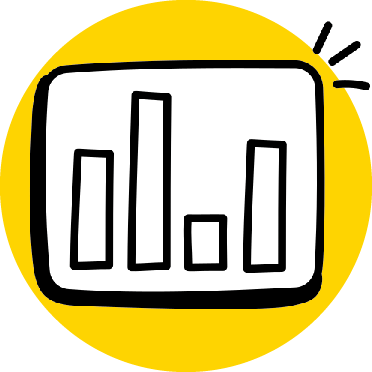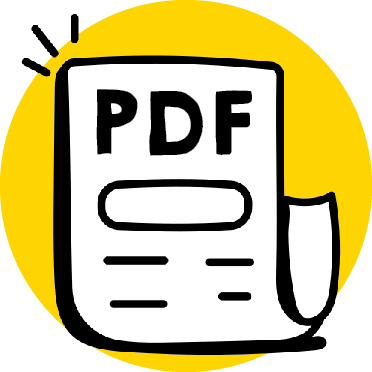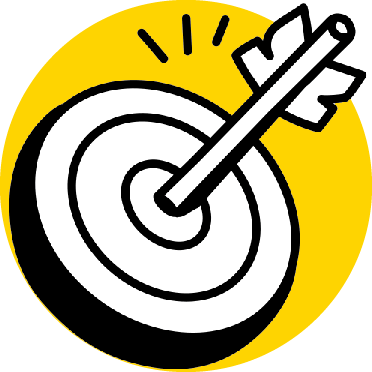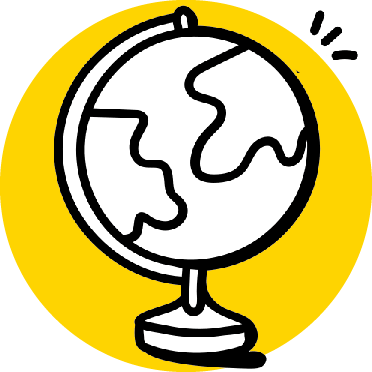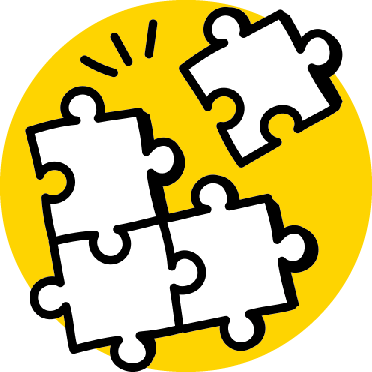How can I use this resource?
With this resource, you can learn how to draw with dots and lines, the basic elements of any drawing. You can use this resource to practice 30 different line patterns that can create various effects, such as surfaces, contours, spatial illusions, contrasting shades, hatching, and structures. You can use this resource to create your own drawings and improve your creativity skills. Drawing with dots and lines can stimulate your imagination, as you can explore different ways of expressing yourself through art. You can use the line patterns you have learned to make abstract or realistic drawings. Drawing with dots and lines can help you express your feelings, thoughts, and emotions in a visual way.
What does this resource contain?
This resource contains worksheets with 30 different line drawings. Each worksheet has three different line patterns that are shown in a larger format. You can copy the line patterns line-for-line into the empty field below. You can also print out empty frames in three different sizes that you can use for drawing the patterns you have learned or for your own ideas. The resource also provides you with some tips and tricks on how to draw with dots and lines.
Dots and lines: How to create amazing drawings with simple shapes
Drawing with dots and lines is a simple but effective way to learn how to draw. Drawing is the basis for attentive, detailed observation. When drawing, there are two basic elements we can use: dots and lines. Dots are the smallest and most inconspicuous element of any drawing. A line is the visible trace of a movement and is nothing more than many dots all joined together. Lines can be endless – they can be crooked or straight. We call short lines dashes. When drawing dots and lines, surfaces, contours, spatial illusions, contrasting shades, hatching, and structures can appear as if by magic. Not every line is also a drawing – drawings should convey something. Such pictures don’t necessarily have to be concrete, they can also be abstract, non- representational interpretations of the real world.
In these worksheets it’s not so much about the content of the picture but rather the ‘how to’. Concentration and practice are what’s required here. With simple lines you can start drawing without being ‘able’ to draw. The results you’ll get can be surprising. The strongly three-dimensional line patterns in these worksheets are reminiscent of the forces of nature that shape our world: Waves, currents, wood grain, webs, and crystals...
Learn how to draw with dots and lines! You can practice 30 different line patterns and create your own abstract or realistic drawings.
Labbé GmbH
Walter-Gropius-Str. 16
50126 Bergheim
Germany
hello@labbeasy.com
Dots & Lines
Learn how to draw with dots and lines! You can practice 30 different line patterns and create your own abstract or realistic drawings.

